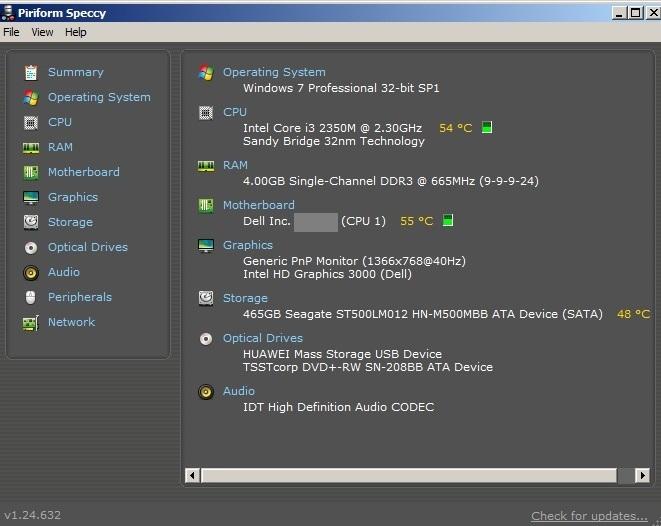Computer configurations refer to the configuration of a computer system, which includes its hardware, operating system, drivers, software and other components. Often, computer configurations pertain to the selection of hardware, operating system, applications, and so on. Computer configurations are also referred to as service configurations or support configurations. There are three main computer configuration formats in use for today's computing world: Desktop, Laptop, and Mainframe. Computer configurations refer to the configuration of a computer system, which includes its hardware, operating system, drivers, software and other components. Often, computer configurations pertain to the selection of hardware, operating system, applications, and so on. Computer configurations are also referred to as service configurations or support configurations. There are three main computer configuration formats in use for today's computing world: Desktop, Laptop, and Mainframe.

Desktop computers are smaller and lighter than laptop computers. Desktop computers offer different functions and are used for desktop jobs such as web browsing, office documents and email. Laptops offer a portable alternative to desktop computers. Many people use laptops primarily for web browsing and office applications. A fourth type of computer configuration, mainframe computers, is a more costly choice because they are more powerful and require custom components.
Computer users can customize windows settings by using the User Configuration Manager or User Manager. The computer configuration tool in the control panel allows users to change system settings. The majority of settings can be changed through the control panel wizard. However, there are some items that must be changed manually. The following are examples of the computer configuration items users will need to manage on their own.
The windows settings folder contains software settings which control the execution of software programs. There are various security settings which determine the security level of the computer. This security setting controls the scope of the execution of software programs. The first thing a user should do when changing the security settings is to launch the task manager. A list of the currently open tasks will appear. The user can select the task that most closely matches the task which was opened.
Computer systems typically store information in the form of system configurations. These system configurations typically include hardware, operating system, languages, and drivers. The system configuration tool collects the details from the computers' operating system, hardware drivers, user preferences, environment settings, shared system files, and computer settings. When a user configures a new computer system, the system configuration wizard creates a new user configuration database.
The system information is located in the TMP registry key under HKEY_CURRENT_USER. The system information is divided into two sections. The first section contains the product type. All the products that a user will install will be listed here, along with the version number, manufacturer name, and other product-specific information.
The second section of the registry holds the windows configuration settings. These windows settings are used to launch applications. The configuration keys created by the user during the installation process are stored in the registry. In previous versions of Windows, the configuration data could not be changed, but newer versions support editing the registry keys. To open the registry editor, one would use the start menu > run option and type "regedit" in the field specified on the desktop.
A third branch of the computer configuration contains the security settings. This folder is used to allow the administrators to create rules for the computer to prevent unauthorized access. To open the security settings manager, one would use the start menu > run option and type "msconfig" in the field specified on the desktop. The start menu will show all the windows settings. One can easily locate the security settings manager and change the various security settings. The use of this part of the computer configuration contains windows settings folder can be very dangerous as it allows the administrator to disable or enable security features.
The fourth section is the shared environment setting. This folder is used to share information between programs running on the computer. To open the shared environment settings, one would use the start menu > run option and type "msconfig" in the field specified on the desktop. The start menu will display all the windows settings.
Fifthly, we come across the Win a command prompt. This is the first command prompt that displays on a computer. It stands for the Windows Registry. With the help of this command prompt, you can locate the registry settings and repair the errors. To start this utility, you would need to press any key on the keyboard. If your keyboard does not work properly due to some reason, you can go in the task bar and click Run.
Last but not the least, we will come across the Diagnostic Tool. This is the diagnostic tool that aids in performing the processes mentioned above. To use the diagnostic tool, one needs to launch it by clicking the Start button > All Programs > Accessories > System Tools. Now, once you have launched the utility, you will notice the window where you get to see the windows diagnostics. Click the buttons to initiate the processes.











